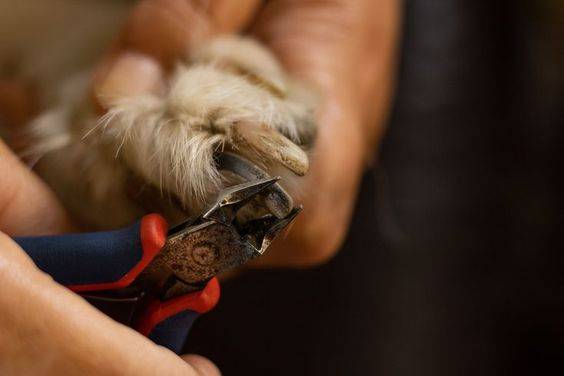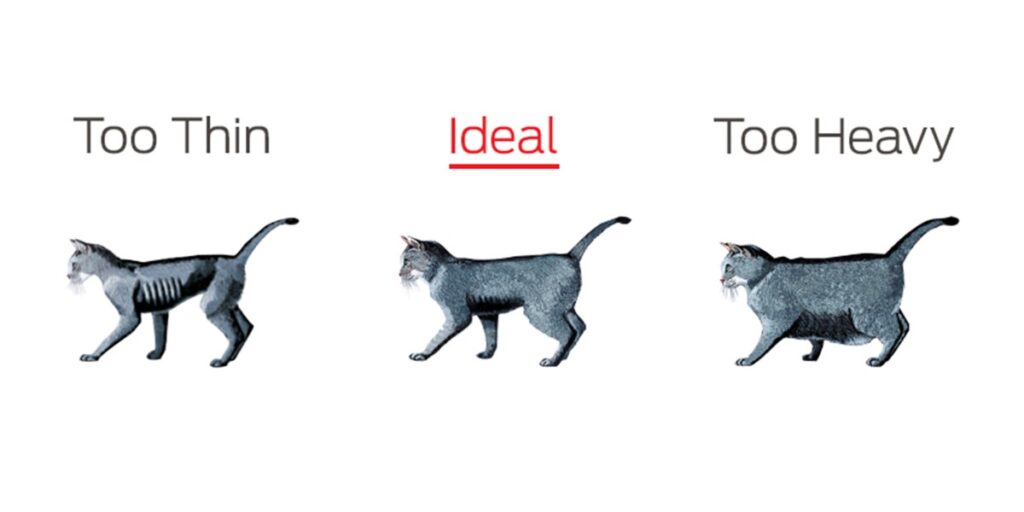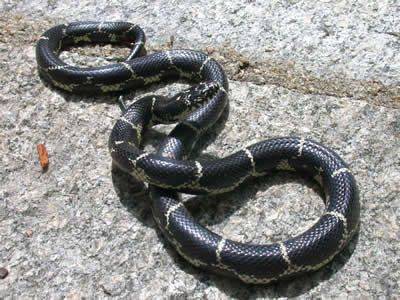As a responsible dog owner, maintaining your pet’s health and hygiene is crucial. One essential aspect of pet care is regular nail trimming. Therefore, investing in the right type of dog nail trimmer is vital. In this comprehensive guide, we will explore the various types of dog nail trimmers, their benefits, and how to choose the best one for your canine companion.
Why Nail Trimming is Important
Regular nail trimming is not just about aesthetics; it’s about your dog’s overall well-being.
- Pain and Discomfort: Overgrown nails can cause pain when walking, running, or playing.
- Injury: Long nails are prone to splitting and breaking, which can be painful and lead to infections.
- Posture Issues: Dogs with long nails may develop posture and gait issues, leading to joint and skeletal problems over time.
- Furniture Damage: Long nails can scratch and damage floors and furniture.
- To avoid these issues, regular nail trimming should be part of your dog’s grooming routine. Now, let’s dive into the different types of dog nail trimmers available on the market.
Types of Dog Nail Trimmers
There are several types of dog nail trimmers, each designed to suit different needs and preferences. Understanding the differences can help you choose the best tool for your dog.
1. Guillotine Nail Clippers
Guillotine nail clippers are named for their design, which resembles a guillotine. They have a small hole where you insert your dog’s nail, and when you squeeze the handles, a blade slides across to trim the nail.
- Best for: Small to medium-sized dogs with thin nails.
- Pros: Easy to use, provides a precise cut.
- Cons: Not suitable for thick nails, blades may need frequent replacement.
2. Scissor-Style Nail Clippers
Scissor-style nail clippers look similar to a pair of scissors but are specifically designed for cutting dog nails.
- Best for: Dogs of all sizes, especially those with thicker nails.
- Pros: Strong and durable, suitable for thick nails.
- Cons: Can be harder to control, especially for small nails.
3. Pliers-Style Nail Clippers
Pliers-style nail clippers have a spring-loaded mechanism, providing more leverage and making it easier to cut through thick nails. They are similar in design to scissor-style clippers but are often more robust.
- Best for: Medium to large dogs with thick nails.
- Pros: Powerful and durable, easy to use.
- Cons: Can be bulky, more expensive than other types.
4. Nail Grinders (Dremel Tools)
Nail grinders, or Dremel tools, are electric or battery-operated devices that grind down the nail rather than cutting it. They are equipped with a rotating abrasive surface.
- Best for: Dogs of all sizes, especially those afraid of clippers.
- Pros: Smooths nails, reduces the risk of cutting too short, less stressful for some dogs.
- Cons: Can be noisy, requires more time and patience, initial cost can be higher.
Benefits of Using the Right Dog Nail Trimmer
Using the right dog nail trimmer offers numerous benefits, ensuring a positive experience for both you and your pet.
- Safety: The right tool reduces the risk of cutting the quick, which can cause pain and bleeding.
- Efficiency: A suitable trimmer makes the process quicker and easier.
- Comfort: Both you and your dog will be more comfortable with a tool designed for their specific needs.
- Health: Regular trimming with the right tool helps maintain healthy nails and prevents related health issues.
How to Choose the Best Nail Trimmer for Your Dog
Selecting the best dog nail trimmer involves considering several factors, including your dog’s size, nail thickness, and temperament.
1. Consider Your Dog’s Size and Nail Thickness
Small Dogs: Guillotine and scissor-style clippers are usually sufficient.
Medium Dogs: Pliers-style clippers or grinders work well.
Large Dogs: Pliers-style clippers or heavy-duty grinders are ideal.
2. Assess Your Dog’s Temperament
Calm Dogs: Clippers or grinders are suitable; choose based on nail thickness.
Nervous Dogs: Grinders are often less intimidating and reduce the risk of cutting the quick.
3. Evaluate the Trimmer’s Features
Ergonomic Handle: Look for trimmers with comfortable, non-slip handles to ensure a secure grip.
Safety Guard: Some clippers come with a safety guard to prevent over-cutting.
Quality and Durability: Invest in a high-quality trimmer that will last.
4. Consider Your Own Comfort and Skill Level
Ease of Use: Choose a trimmer that you find easy to handle and operate.
Maintenance: Some trimmers require blade replacements or regular cleaning; consider this when making your choice.
Tips for Trimming Your Dog’s Nails Safely
Trimming your dog’s nails can be a daunting task, especially if you’re new to it.
1. Get Your Dog Comfortable
Acclimate: Let your dog get used to the trimmer before you start trimming.
Treats and Praise: Use treats and positive reinforcement to make the experience pleasant.
2. Know the Anatomy of the Nail
Identify the Quick: Cutting into the quick can be painful and cause bleeding.
Transparent Nails: In dogs with light-colored nails, the quick is usually visible as a pinkish area.
Dark Nails: For dogs with dark nails, trim a little at a time to avoid cutting the quick.
3. Trim Gradually
Small Increments: Trim a small portion of the nail at a time.
Frequent Trimming: Regular trimming helps keep the nails at a manageable length and the quick shorter.
4. Keep a Styptic Powder Handy
Stop Bleeding: If you accidentally cut the quick, use styptic powder to stop the bleeding.
5. Use Proper Technique
Steady Hand: Hold the paw firmly but gently, and keep your hand steady while trimming.
Angle: Cut at a slight angle, following the natural curve of the nail.
Inference
Choosing the right type of dog nail trimmer is essential for maintaining your pet’s health and comfort. By understanding the different types of trimmers, their benefits, and how to use them safely, you can make nail trimming a positive experience for both you and your dog. Regular nail trimming not only keeps your dog’s nails at a healthy length but also prevents discomfort and potential health issues. Invest in a high-quality trimmer, follow the tips for safe trimming, and enjoy the benefits of a happy, healthy pet.







